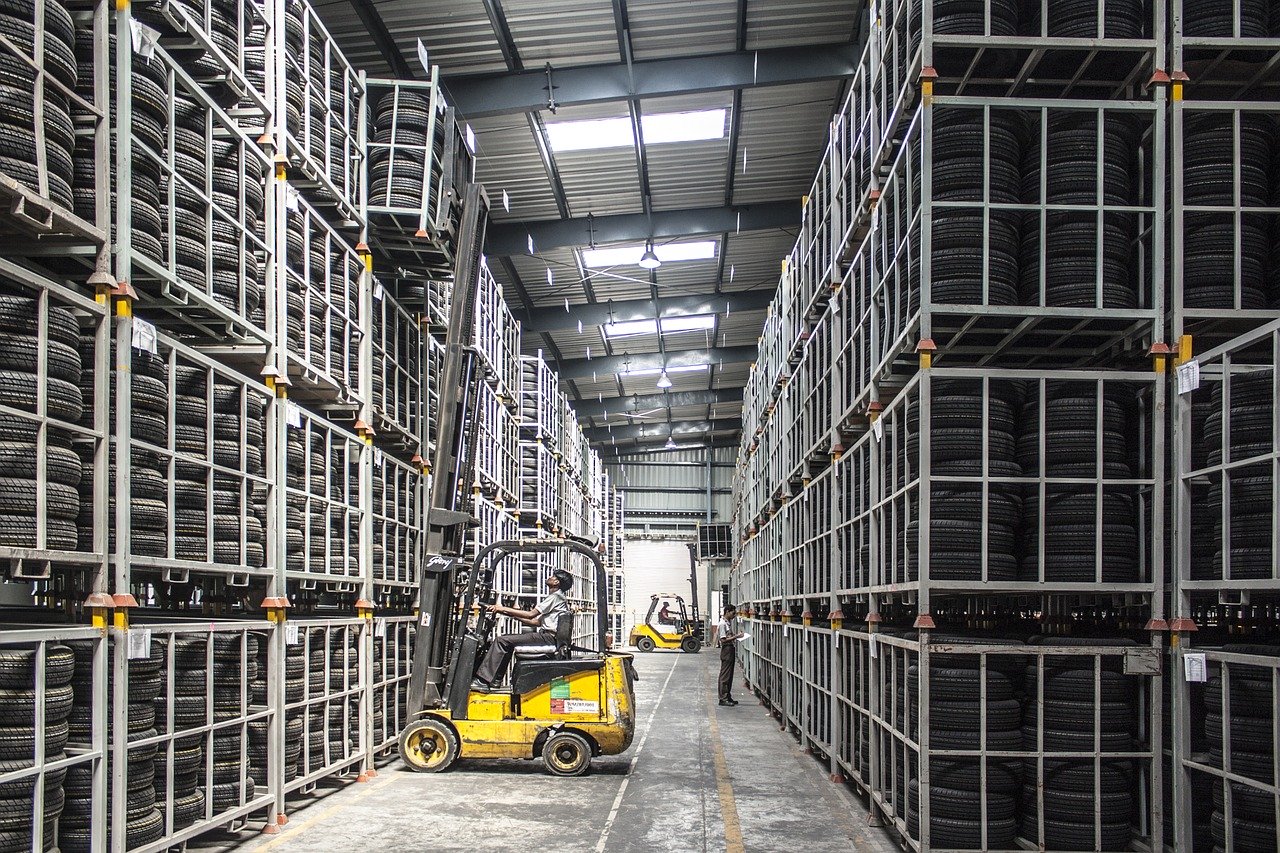Initial Factory Visits In China
- When to conduct an initial Factory visit in China?
- What questions to ask?
- What to look for when inspecting initial suppliers?
- What quality checks to look for?
Factory visits sound simple in principle, however in practice can be a logistical nightmare. Victoria, our Senior Purchasing Manager has been sourcing, implementing QC best practices and working with Chinese suppliers for the past 15 years. She offers her insights below:
When should I arrange a visit?
When dealing with Chinese factories, it’s important to remember to engage the best business practice. Ensure that you use George’s blog post on dealing with Chinese suppliers HERE it holds some good perceptions of Chinese culture and how you should approach the Chinese factory visit.
So when would I advise a factory visit? In the past I have advised customers that factory visits should be conducted immediately after visiting trade fairs or visiting trade markets (such as the major market at YiWu), to ensure that you are indeed dealing with the factory itself.
We would work with potential customers and plan several supplier visits in a period based upon their locations. Knowledge of country geography is important here. There are also areas of expertise too, knowing which area offers more factory specialities is also an important factor to understand when planning initial go look-see visits.
Middlemen vs. Direct
China is one big factory; it has equal amounts of middlemen too. Visiting the factory is always the starting point that I would recommend. It allows you to cut through the salesman talk and get straight to the point.
It’s very important that, at this point, you have someone there doing the translation for you, on your team. It could be that the middleman is just re-hashing the information from the factory and translating it straight to you. They will also re-hash all the quotations for you too. Meaning that you may not gain the best bang for your buck.
Language
In all honesty, the language barrier should not be that much of an issue with any of the initial correspondence with factories. They usually have (at most trade fairs) English speaking salesmen and women. It’s the intricacies of the deals and the fine details that can be lost in translation.
Visits, should not be reserved solely for the initial visit, it has been known in the past; for contracts to change hands, only to find that the entire factory has disappeared, along with the initial payment for products.
You would be amazed at some of the horror stories that I have heard. Factory visits should be conducted at each major milestone, to ensure that progress, quality and planning are all on target.
This, of course, can be a very tedious management of time if you are remotely trying to manage the situation. Feet on the ground are often a necessity.
What Questions to ask?
As part of an ongoing task, I have constructed a checklist for questions that you may want to use when engaging in initial factory visits. It will allow you to gauge what sort of relationship you will have with the supplier and really how much they know about what they are doing.
- Is there a minimum order?
- Minimum orders are important to know. It will allow you and the supplier to understand what sort of piece cost can be achieved.
- Can you provide any previous customer testimonials?
- It’s always a good idea to discuss with other companies to gauge the service that the prospective supplier is advertising.
- Do you have liability Insurance?
- Goes without saying, the more documents and information that you can build up around the prospective supplier the better. Not only for peace of mind, but in the event of any conflict further down the line.
- What payment terms are offered?
- Different suppliers work on different terms, you need to understand who pays for what at what point in the process.
- Is there a possibility for any sell-through?
- If any stock or products are un-sold, is there any possibility to gain any costs back.
- Under what conditions may prices change?
- It’s important to have this written into any contractual agreement that you may make, but in the initial factory visits, it’s a good question to ask.
- When do I take ownership of the products?
- Usually, factories use Ex Works, meaning that it’s your responsibility to ship the items from a port of your choosing.
- How do you handle communications with the customer?
- It’s always a good idea to get an understand of the roles and responsibilities of factory key team members.
- How long have you been in business?
- Get a good understanding of the company that you are dealing with. Including any background information.
- How is the sample I am receiving different to the production model?
- This is important…. In all industries, different production techniques are used for the prototype samples. It’s important to not only understand this but also understand what may differ from the samples to the production product.
- What other products do you offer?
- Have a look at the other items that they produce. See what the quality is like of the current stock of products. See what they have in stock, see if they have any other items that you could capitalize upon.
What to look for during initial factory visits?
When looking at initial factories you want to be looking at what their overall attitude to everything really is. You want to start from the bottom and work to the top. Quite literally. You will know what sort of factory is being run from the state of the floor.
As strange as that may sound, when you look at Lean manufacturing principles the floor is important. It’s free from clutter, it has well-defined areas for key workstations.
I have been to initial factory visits where bed covers have been dragged along the floor. Safe to say they didn’t get the customers business. Get a feel of the working environment.
Inspect processes and documents around what quality inspections they employ, take photo’s; LOTS of photo’s and group them. If you are visiting more than 3 factories in a day it can become very confusing.
We at Merchsprout have an Initial Audit document that is shared with clients; it allows us to ensure all data is collected methodically. Of course, a lot of the factory visits have a degree of subject-ability around them.
Ideally (as we put our quality hats on) we want to ensure the data is objective as possible, audit documents that allow you to directly compare data against factories, and cut straight to the data.
What Quality Checks to Look for?
We have gone into quality in great detail on George’s blog post HERE we have discussed at length the quality processes that suppliers should be implementing, and items that you should be pulling companies up on too. The things we want to be concentrating on here for our initial audit are their quality control processes that they are currently employing.
Have a look at the complexity of the testing that they are employing. Take photos of the key workstations, ask to see their rejected components, take photos of their rejection process. Ask to see how they deal with rejected items and process control.
It’s a good time to ask what their faults are at this point too, current fault per thousand or hundred is a good data set to benchmark different suppliers against (if they will share this information with you).
Wrap-up
The above does sound very detailed, confusing and fraught with danger. But in reality, its about data compilation. Ensure that you approach the supplier visit methodically and construct data points that suit your needs. Remember it all boils down to:
- When
- What questions
- What to look for
- Quality
If you need any further information or would like to get in touch and use our services then please get in touch HERE.



